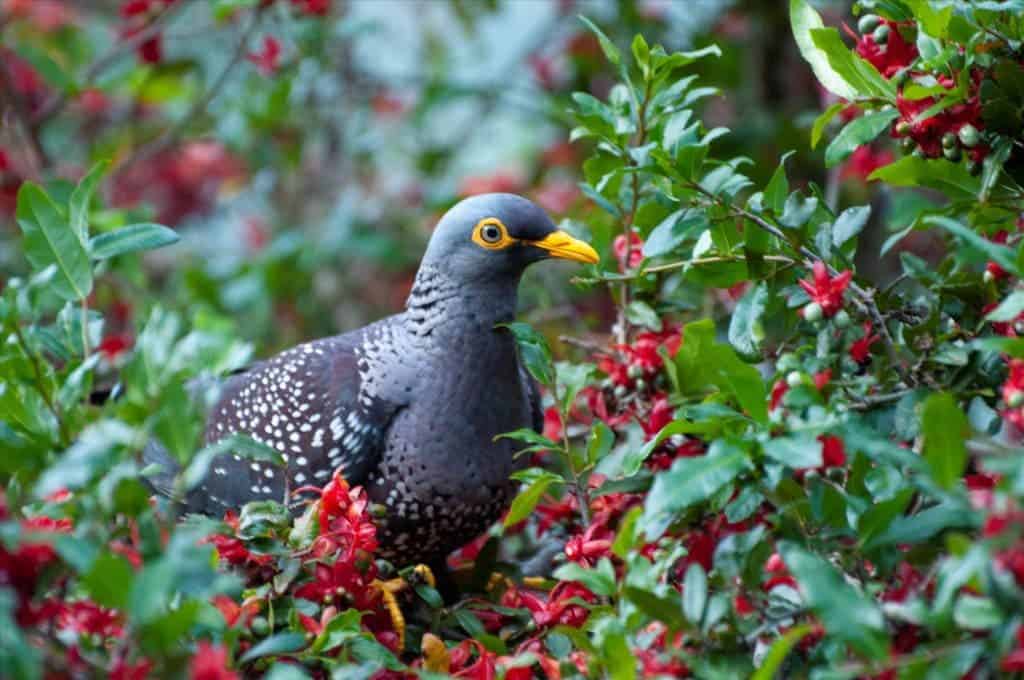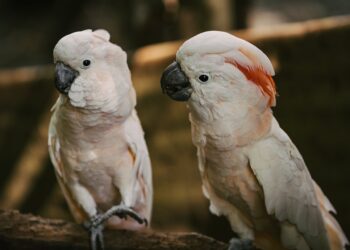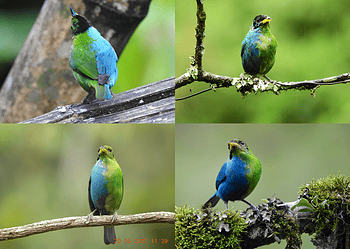In the developing world, where urbanization is taking place at an accelerated rate, this could be extremely important for native bird populations.

All over the world, mankind is spreading. We’re building bigger cities, wider neighborhoods, more and more roads. Wildlife is trying to cope with this, and it’s doing it in different ways. Some species are thriving in human areas — species like rats and seagulls have grown to unprecedented numbers and follow the development of human settlements. Others (the vast majority) have withdrawn step by step, giving way to relentless urbanization.
Sometimes, this interaction happens in unexpected ways.
A study on birds in South Africa found a “luxury effect”: provided that birds had sufficient green spaces to establish a habitat, more species were present in richer areas than in poorer areas.
This luxury effect was previously described in some developed countries, and it doesn’t only apply to birds — insects, bats, and lizards all seem to prefer fancier neighborhoods. However, it doesn’t happen in all affluent neighborhoods. If there’s too much concrete and not enough green space, populations will dwindle. The effect is particularly visible in areas with greater investment in gardens, parks and other green spaces — think rich, quiet suburbs or large parks.
However, researchers found that tree cover alone can’t explain this effect. The diversity of trees and plants also drives a diversity of birds, and in general, encourages are more varied ecosystem. Lead author Professor Dan Chamberlain from the University of Turin said:
“This study shows that rich, leafy suburbs have more bird species, and probably higher biodiversity in general, than poor areas of the city or areas that have too much asphalt and concrete. Understanding the factors which drive the ‘luxury effect’ will help us to design more biodiversity-friendly cities in the future, thus promoting environmental justice for all urban inhabitants.”
Chamberlain and colleagues analyzed a broad range of environments and neighborhoods, with average incomes varying from $1,000 to $30,000. The findings were generally consistent regardless of the type of environment: the more affluent a neighborhood was, the more bird species it had, as long as it wasn’t too heavily built-up.
The case study is important because it confirms this luxury effect in a developing country and South Africa, in particular, is significant. A country with thriving biodiversity and roaring inequality, South Africa will need to consider its future development carefully if it wants to encourage a stable environment.
According to the study, “maintaining green space in at least an equal proportion to the built environment is likely to provide a development strategy that will enhance urban biodiversity, and with it, the positive benefits that are manifest for urban dwellers.”
The authors hope that the “findings can form a key contribution to a wider strategy to expand urban settlements in a sustainable way to provide for the growing urban population in South Africa, including addressing imbalances in environmental justice across income levels and racial groups.”
Co-author on the study, UCT Associate Professor Arjun Amar said:
“This work is of particular importance because it is one of the few studies conducted in a developing country, and the only study of its kind in Africa, where urbanisation is predicted to occur at a faster rate than any other region on the planet.”
Researchers hope that urban planners will use this information to ensure greater urban biodiversity, something which will help not only wildlife but also the urban dwellers. As for places that already developed without consideration for biodiversity, researchers also hope that they will address “imbalances in environmental justice across all income levels.”
The study “The relationship between wealth and biodiversity: A test of the Luxury Effect on bird species richness in the developing world” by Chamberlain et al was published in the journal Global Change Biology. DOI: 10.1111/gcb.14682






